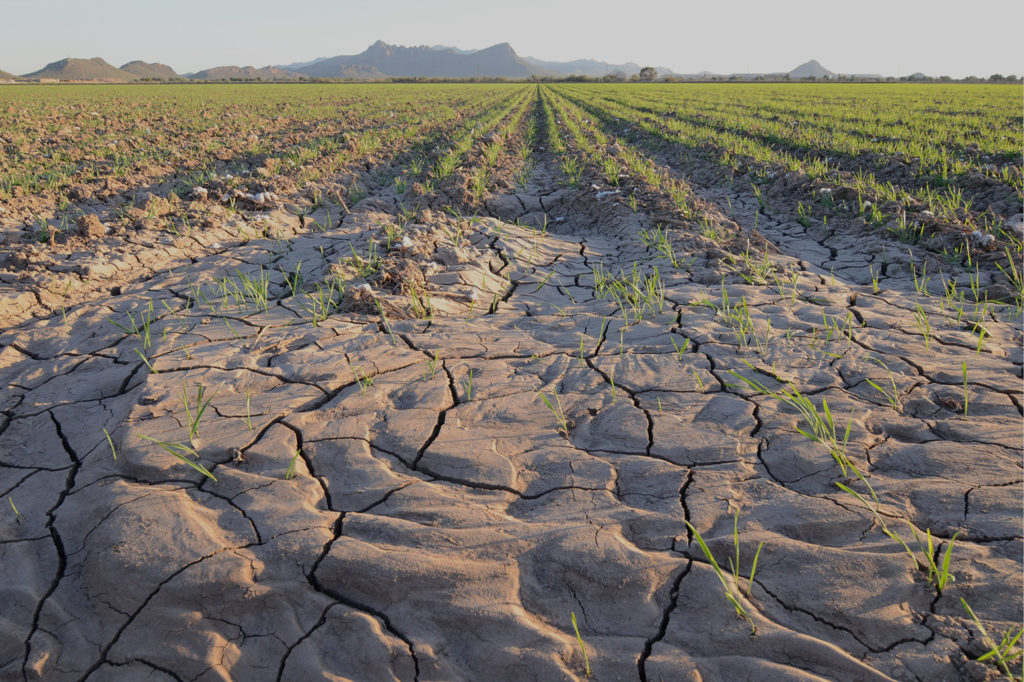Abstract
Recent droughts in the midwestern United States threaten to cause global catastrophe driven by a speculator amplified food price bubble. Here we show the effect of speculators on food prices using a validated quantitative model that accurately describes historical food prices. During the last six years, high and fluctuating food prices have lead to widespread hunger and social unrest. While the spring of 2012 had a relative dip in the food prices, a massive drought in the American midwest in June and July threatens to trigger another crisis. In a previous paper, we constructed a model that quantitatively agreed with food prices and demonstrated that, while the behavior could not be explained by supply and demand economics, it could be parsimoniously and accurately described by a model which included both the conversion of corn into ethanol and speculator trend following. An update to the original paper in February 2012 demonstrated that the model previously published was predictive of the ongoing price dynamics, and anticipated a new food crisis by the end of 2012 if adequate policy actions were not implemented. Here we provide a second update, evaluating the effects of the current drought on global food prices. We find that the drought may trigger the expected third food price bubble to occur sooner, before new limits to speculation are scheduled to take effect. Reducing the amount of corn that is being converted to ethanol may address the immediate crisis. Longer term, market stabilization requires limiting financial speculation.
NECSI Warns Food Prices Will Soar Because of Drought, Speculators
CAMBRIDGE (July 23) — The worst drought in the American Midwest and the highest temperatures in a half-century are poised to trigger an imminent global food crisis, scientists at the New England Complex Systems Institute said Monday. NECSI has warned for months that misguided food-to-ethanol conversion programs and rampant commodity speculation have created a food price bubble, leading to an inevitable spike in prices by 2013. Now it appears the “crop shock” will arrive even sooner due to drought, unless measures to curb ethanol production and rein in speculators are adopted immediately.
Applying their validated quantitative model for historical food prices, NECSI researchers Marco Lagi, Yavni Bar-Yam and Yaneer Bar-Yam have discovered disturbing new signs of vulnerability in global food supply, reversing 2012’s relative decline in prices. “This summer, the American breadbasket has suffered debilitating droughts and high temperatures, leading to soaring corn and wheat prices in anticipation of a poor harvest,” said NECSI president Bar-Yam. “We are on the verge of another crisis, the third in five years, and likely to be the worst yet, capable of causing new food riots and turmoil on a par with the Arab Spring.”
Particularly worrisome, the authors said, is that speculation during the drought may trigger a feedback loop causing a massive price shock to occur earlier than expected — beginning immediately — and thus sooner than could be prevented by new regulations. This spike may raise prices well beyond the increase justified by the drought.
“The immediate impact of the drought should be addressed by reducing the U.S. government’s mandate for corn conversion to ethanol,” says Bar-Yam “Given the possibility of price-driven famines, burning corn for cars is unconscionable.”
“The Food Crises: The US Drought” released today is a new and disturbing update, this time evaluating the impact of the summer 2012 drought on global food prices. Beyond remedial moves to reduce the amount of corn converted to ethanol, Bar-Yam said a key concern among policy makers should be curbing financial speculators. “Without increased regulation, they stand in the way of any real market stabilization.”

